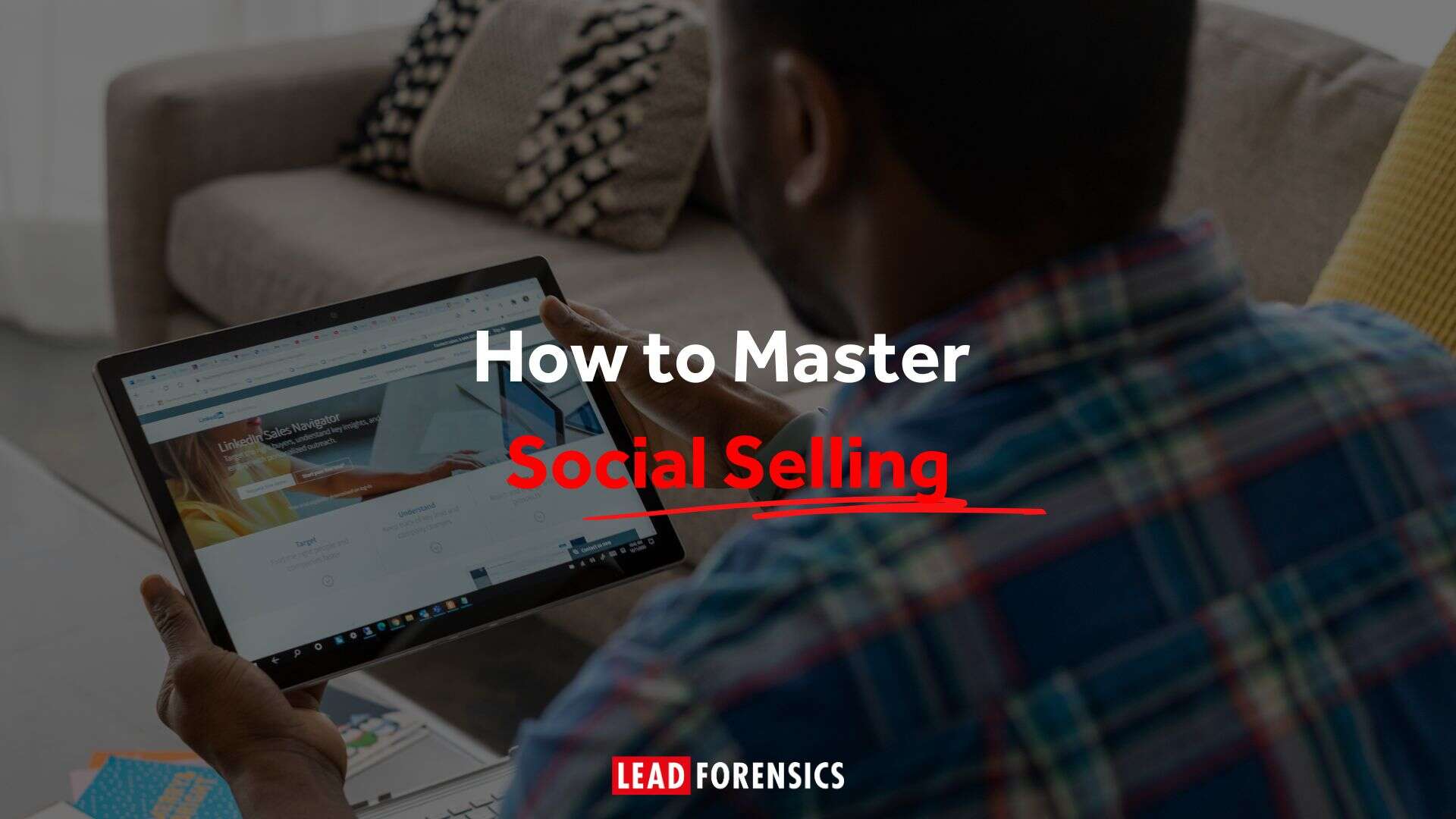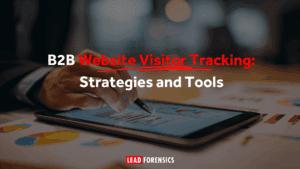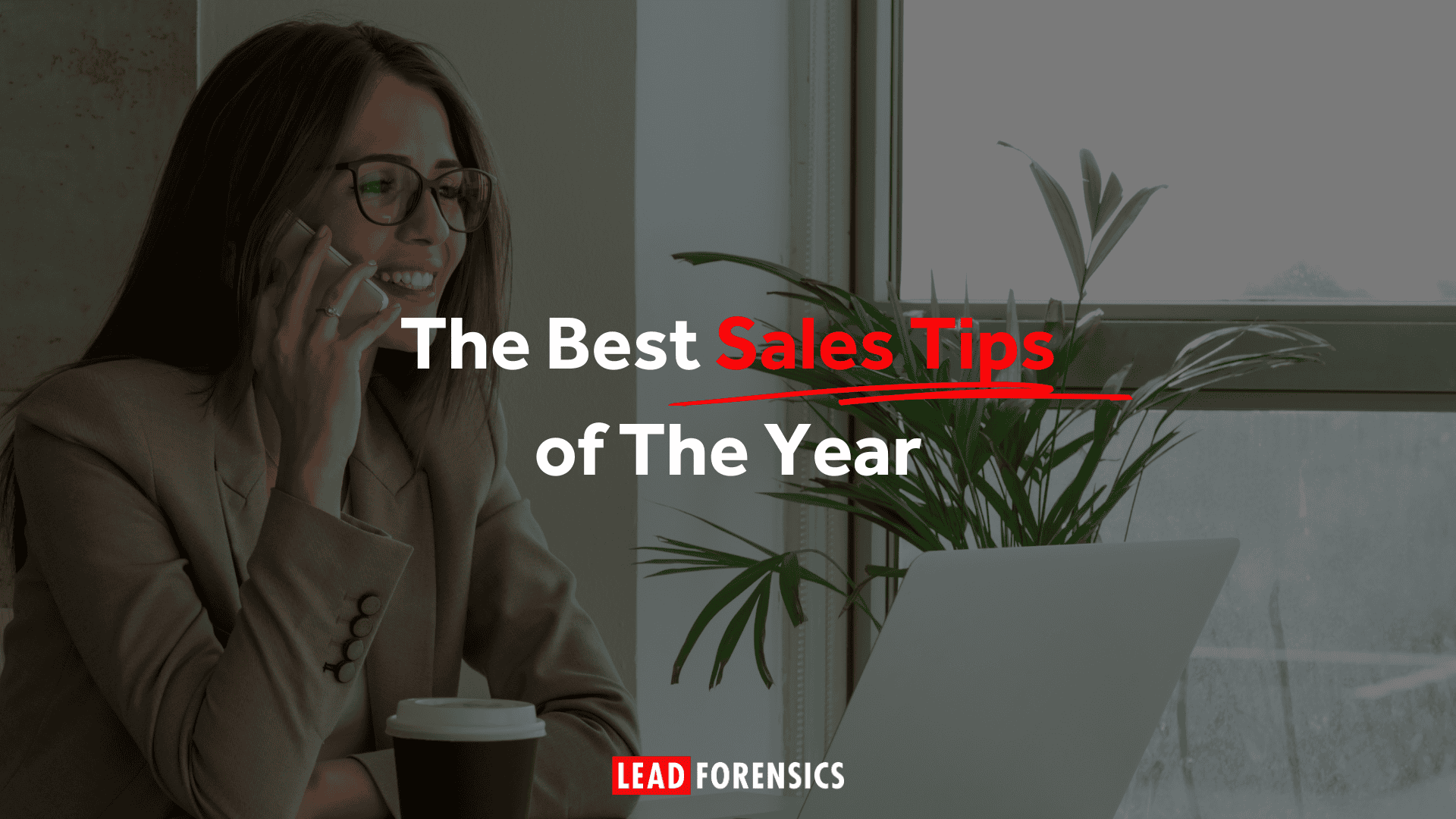For B2B sales leaders, the implications of social selling are big: reps are no longer just closing deals on calls or in meetings, they’re building influence, generating pipeline, and earning trust. Whether on LinkedIn, TikTok, or other social media platforms, this kind of engagement often happens before a prospect even speaks to a sales rep.
But how should you approach social selling? We asked a panel of seasoned pros and content creators to share their advice in a webinar on mastering the art of social selling, and we’ve summarized the key points below.
Social Selling is Not Social Pitching
Let’s get one thing straight: social selling is not just selling on social media.
As several panelists agreed, the “selling” part often comes last. Social selling is about building a presence, creating value, and forming human connections.
Chris Van Praag, Content Creator at Vidyard, put it best:
“Think of LinkedIn like a networking dinner — not a pitch event. You’re not selling at the table. You’re building trust.”
Sales leaders should coach their teams to lead with curiosity and conversation, not CTAs. The sale will follow when the relationship is there.
Your Brand Is Now a Daily Practice
William Holden, co-founder of Vidu, described LinkedIn as a kind of “professional diary”; it’s something he contributes to daily or every other day.
For him, it’s a way to:
- Build credibility in his space
- Stay top of mind with customers and prospects
- Amplify the impact of everything else he’s doing
This kind of consistency matters. Sales leaders often think of social presence as a “campaign” or side activity, but the top-performing reps are making it part of their weekly rhythm.
Action tip: Encourage reps to treat social selling like going to the gym; results come from reps over time, not one post.
Authenticity is the New Currency
Every speaker circled back to one universal truth: authenticity wins. Cookie-cutter content doesn’t work. People want to hear from other people, not from “salespeople.”
“The biggest uplift I see is when I’m raw, human, and even vulnerable. When I ask for advice or offer real value, people remember that,” explained William.
Sales leaders should empower reps to be themselves online. That might mean giving them guardrails, but not scripts. After all, a corporate voice is the fastest way to be ignored.
Create Space for Sellers to Succeed (or Fail) on Social
Many sales orgs talk about social selling, but few actually reward or support it.
Will made a bold suggestion: what if reps were incentivized not just by quota, but also by quality social activity?
He argued that:
- Some reps are naturally good at this and need space to thrive
- Managers often discourage it because it’s not “on target”
- The ROI may take months — but it’s real and compounding
Chris countered that social selling must remain voluntary, or else you risk diluting authenticity.
The takeaway? Leaders should:
- Offer training and support for reps who want to build a presence
- Avoid penalizing reps who invest time in social brand-building
- Celebrate quality contributions the same way you would a great discovery call
Not All Platforms Are Equal, And That’s OK
While TikTok, X, and Instagram are all options, LinkedIn remains the core platform for B2B sellers. Tyler Witt, Senior Sales Manager at Lead Forensics, emphasized that reps should start with the platform they’re most comfortable on, as long as their audience is there.
Tom Alaimo, Growth Account Executive at Gong, agreed:
“If your buyer is a VP of Sales, they’re probably not on TikTok. But they are on LinkedIn. That’s where you should be.”
Sales leaders don’t need their entire team to master six platforms. Instead, help each rep identify where their ICP lives, and go deep there.
Measure What Matters, and Let Go of the Rest
When asked how they measure success, panelists focused less on leads and more on momentum:
- Follower growth
- Content engagement
- Conversations started
- Referrals or intros generated
As Tyler put it: “Help enough people get what they want, and you’ll get what you want.”
Social selling isn’t always immediately measurable. It’s a top-of-funnel, trust-building activity. Don’t abandon it just because it doesn’t convert in 30 days; think in quarters, not weeks.
Help Reps Get Started (Even If They’re Nervous)
For many reps, the hardest part of social selling is starting. What should I post? What if I look stupid? What if no one likes it?
Tyler offered a helpful starting point:
“Treat LinkedIn like a gratitude journal. Post about a deal you won, or lost, and what it meant to you.”
This helps reps:
- Build confidence through personal stories
- Relate to peers and prospects more easily
- Discover their own voice over time
A rep’s first post won’t go viral, and that’s okay. Consistency and sincerity matter more than polish.
Play the Long Game
Tom wrapped up the session with a critical reminder:
“Your LinkedIn profile is your digital reputation. It’s what people see when they’re deciding whether to hire you, buy from you, or work with you.”
These days, social selling is no longer optional; it’s table stakes for modern B2B sales teams. Leaders who embrace it, invest in it, and model it will attract more leads, win more trust, and retain better talent.
How To Get Started With Social Selling
You’re only three steps away:
- Audit your team’s LinkedIn profiles and ask yourself: are they buyer-friendly?
- Run a training session or bring in an expert to help reps find their voice.
- Celebrate meaningful posts and online engagement the same way you would a great sales call.
Make Sure You Measure Impact
Don’t forget to track which companies are visiting your website, and see which businesses have become leads following engagement on LinkedIn.
Website identification software like Lead Forensics will show you the companies that are already engaging with you, so your reps can prioritize these warm leads. Book your free trial and demo now.









